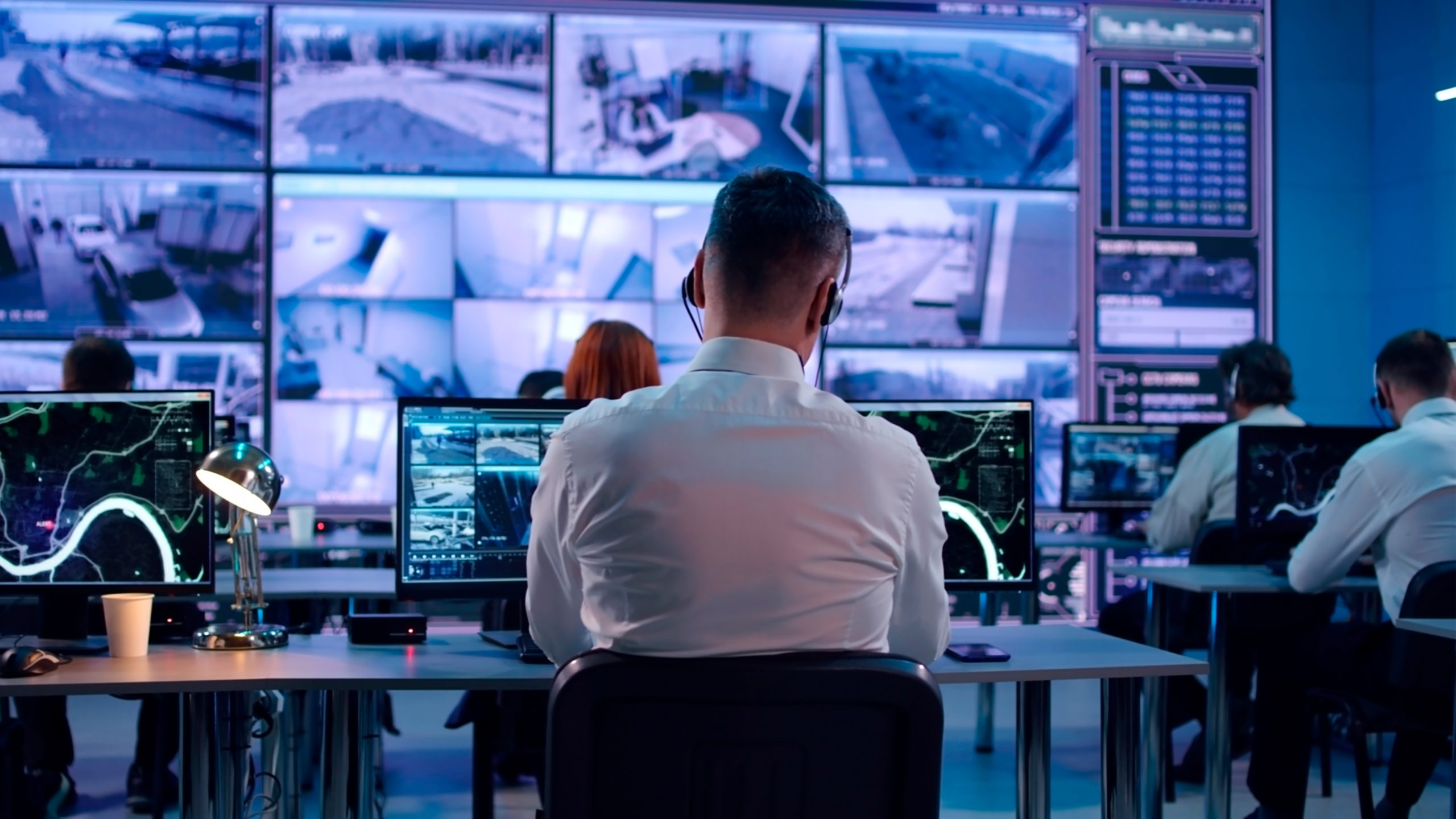Last update: 10/07/25
In the maritime sector, security is not just a priority—it’s a commercial and regulatory necessity. The International Ship and Port Facility Security (ISPS) Code, established by the International Maritime Organization (IMO), sets a framework to protect maritime infrastructures against threats, including acts of terrorism. At the heart of this system, control rooms play a vital role, acting as the nerve center of security operations.
This article takes a closer look at why these spaces are critical and how they can be adapted to meet the ISPS Code’s requirements.
The ISPS Code, which came into effect in 2004, aims to standardize the management of security risks within maritime logistics and Smart Port environments. It defines three security levels, each requiring progressively stricter measures to prevent potential threats:
The overall objective is to ensure that appropriate measures are in place to identify, assess, and mitigate threats targeting ships and port facilities. These threats include terrorist acts, illegal trafficking, sabotage, and other malicious interventions.
The ISPS Code applies to all vessels involved in international voyages, including:
The ISPS Code also applies to port facilities that serve these ships.
Control rooms play a crucial role in ensuring the continuous surveillance needed to meet the ISPS Code’s security standards. These rooms act as the central hub where real-time data from surveillance cameras, sensors, and other monitoring systems is collected and analyzed. Continuous monitoring allows for the early detection of potential threats and ensures rapid response to any security incidents.
Real-Time Video Streams: The ISPS Code recommends continuous monitoring of critical areas within a port facility, such as main entrances, docks, and boarding zones. This is achieved through closed-circuit television (CCTV) systems that transmit real-time video feeds to the control room. These systems can utilize high-resolution, infrared, and thermal cameras to monitor activities 24/7, even in low visibility conditions.
Intelligent Video Analysis: Control rooms can also rely on video analysis software that uses artificial intelligence (AI) to detect suspicious behaviors or intrusions into restricted areas.
Control rooms facilitate coordination among security teams, port authorities, and other stakeholders. They serve as a communication center for the exchange of critical information, enabling a coordinated and efficient response to identified risks.
The ISPS Code mandates strict access control measures to prevent unauthorized entry into sensitive areas of port facilities. Control rooms oversee these access control systems, which include:
RFID badges and magnetic cards: Used to grant or deny access to specific areas. Control room operators can monitor in real time who enters and exits secure zones and receive alerts in case of unauthorized access.
Biometric systems: These systems, based on facial recognition, fingerprint scanning, or iris recognition, provide an additional layer of security, in line with the ISPS Code’s recommendations for strengthening the verification of individuals accessing sensitive areas.
Event logging: Every access event is logged, allowing control rooms to trace individuals’ movements in the event of an incident, thereby enhancing post-incident investigation capabilities.
Integrating multiple technological systems (CCTV, access control, intrusion detection, incident management, terminal operating systems, logistics data, etc.) into a single centralized management platform presents technical challenges. It is essential to ensure that these systems are interoperable, reliable, and user-friendly for control room operators. The use of open standards and interoperable APIs is recommended to facilitate this integration.
The ISPS Code increasingly emphasizes cybersecurity threats as port security systems become more interconnected. Control rooms are prime targets for attacks because they consolidate all critical information. Therefore, implementing firewalls, intrusion detection systems, and encryption solutions is crucial to ensure data security and operational continuity.
High-definition video streams, combined with data from security sensors and access control systems, generate massive amounts of data. Control rooms must be equipped with appropriate storage solutions and real-time processing capabilities to analyze and utilize this data effectively.
Control rooms play a vital role in implementing the ISPS Code. They ensure continuous monitoring of sensitive areas within port facilities, manage access to restricted zones, detect intrusions, and coordinate responses to security incidents. However, their effectiveness depends on the ability to integrate and manage complex technological systems while addressing the increasing demands of cybersecurity. Therefore, particular attention must be given to the design, management, and evolution of these monitoring spaces.
Whether your project is in the design or implementation phase, don’t hesitate to reach out to Motilde for its expertise. We would be delighted to discuss your future monitoring space.

Copyright © 2026. MOTILDE. All rights reserved.